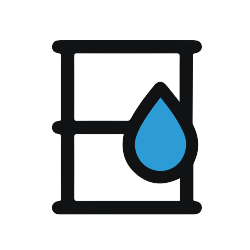Used Oil Transfer Safe Work Procedure Checklist (Canada)
The Used Oil Transfer Safe Work Procedure Checklist is a form that communicates workplace protocol for used oil transfer safety procedures.
5,000 Companies save time and money with GoCanvas






Oil/petroleum products can be found in oil-filled heaters, in engines (motor oil), in drums, in oil tankers, oil-filled radiators, and in pumps, among other locations. The checklist covers potential problems that can arise - these include pinch points and chemical fumes; personal protective equipment and safety devices that are required including protective footwear, eye protection, gloves, and a spill kit; and specialized training that is required, notably spill containment training. The process for transferring oil includes an oil storage tank, a pump or gravity assist, and a tank or device that the used oil is currently occupying. A dipstick is used to check oil levels in the receptacle storage tank, and a hose is connected between the source and the destination. If using an electric pump, the device is turned on, and the operator is to remain with it for the entire duration. With an elevated device, a gravity pump may be used. Any spills need to be addressed promptly. After the transfer is complete, the containers should be sealed, hoses cleaned and stored, and the transfer pump turned off and stored. Oil is a hazardous material, as it is a flammable liquid and also releases volatile fumes. Accordingly, care must be taken in conducting the transfer.
GoCanvas accounts come
with hundreds of form templates




Don't take our word for it...
“I’m not a tech guy and I was able to pick this thing up in probably an hour, and actually start to build apps. I’ve done them over lunch when I’ve gotten frustrated with a process that didn’t exist in our company. So for non tech people who’ve got a problem, the support here is awesome and I’d recommend it to anybody, not just in our industry.”








